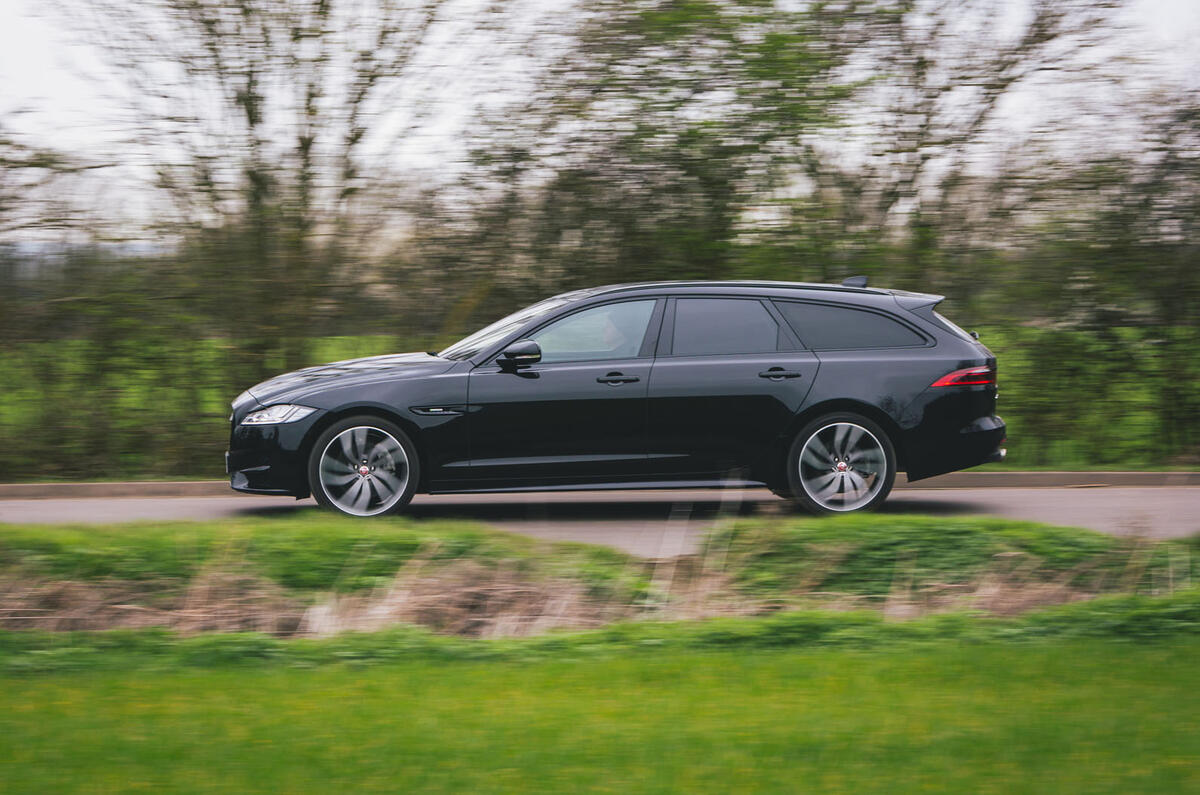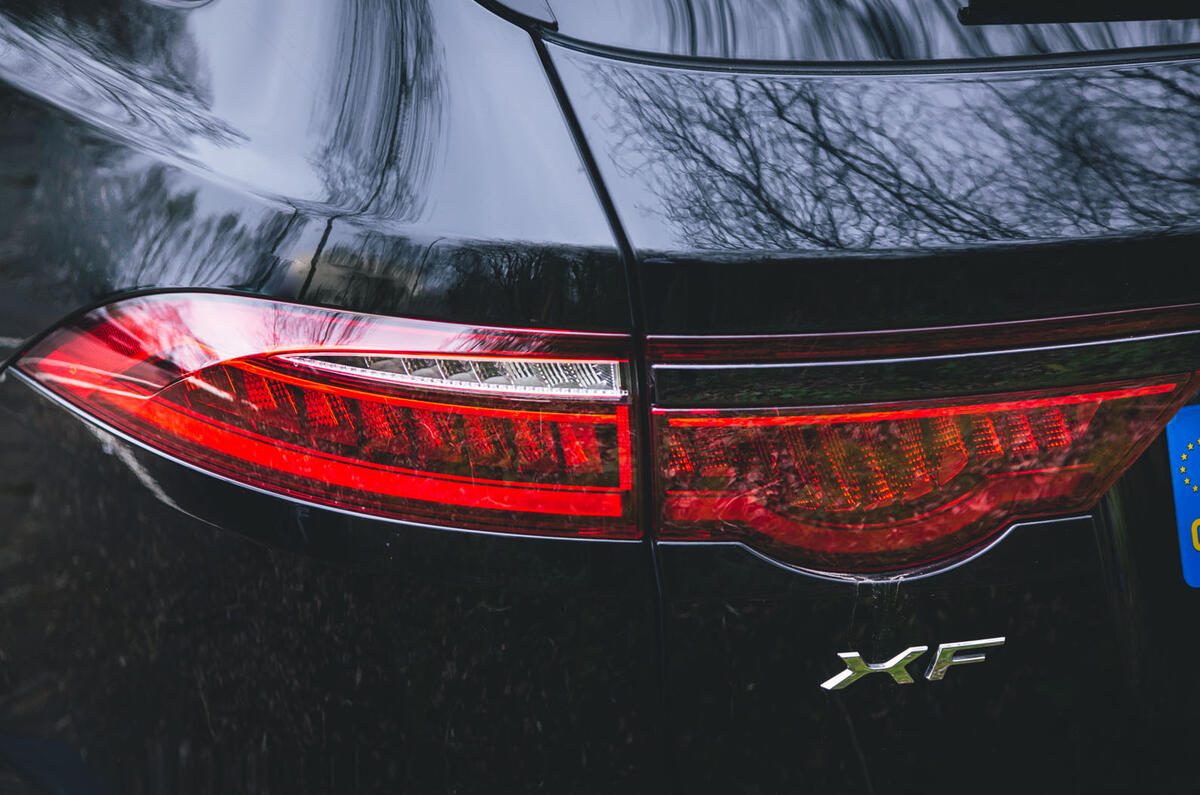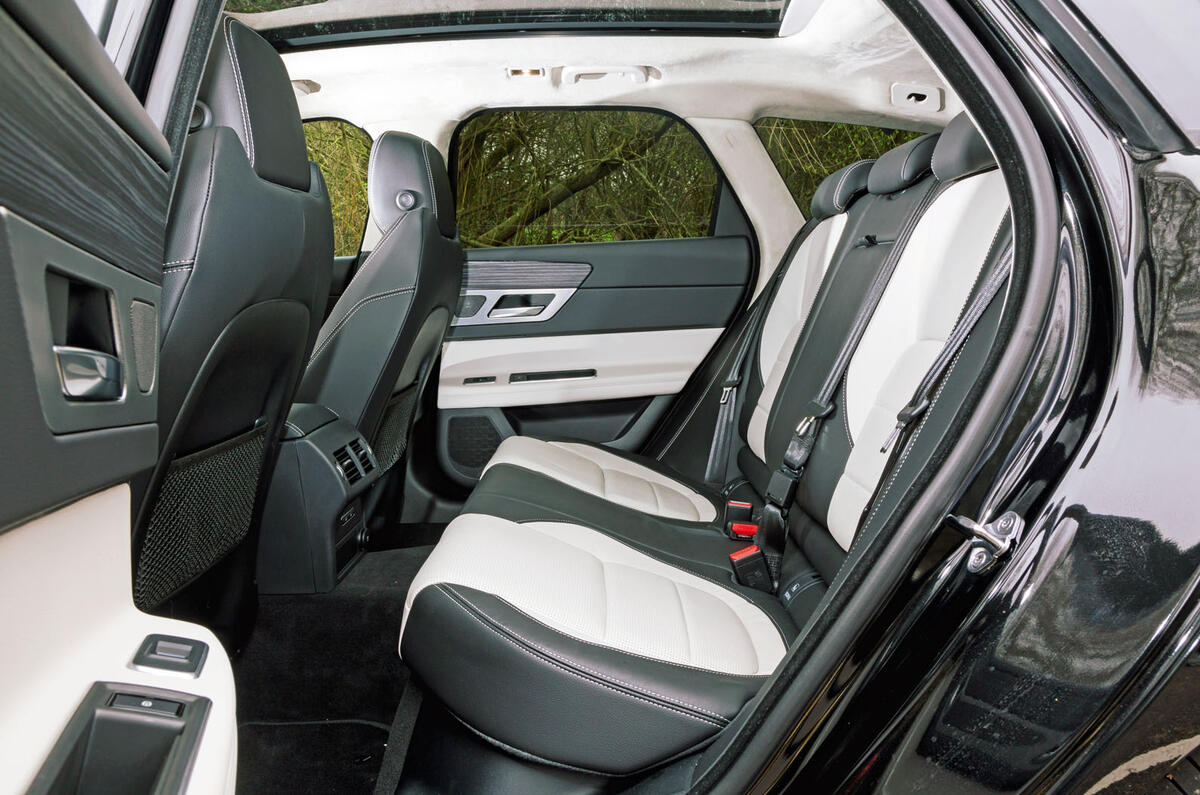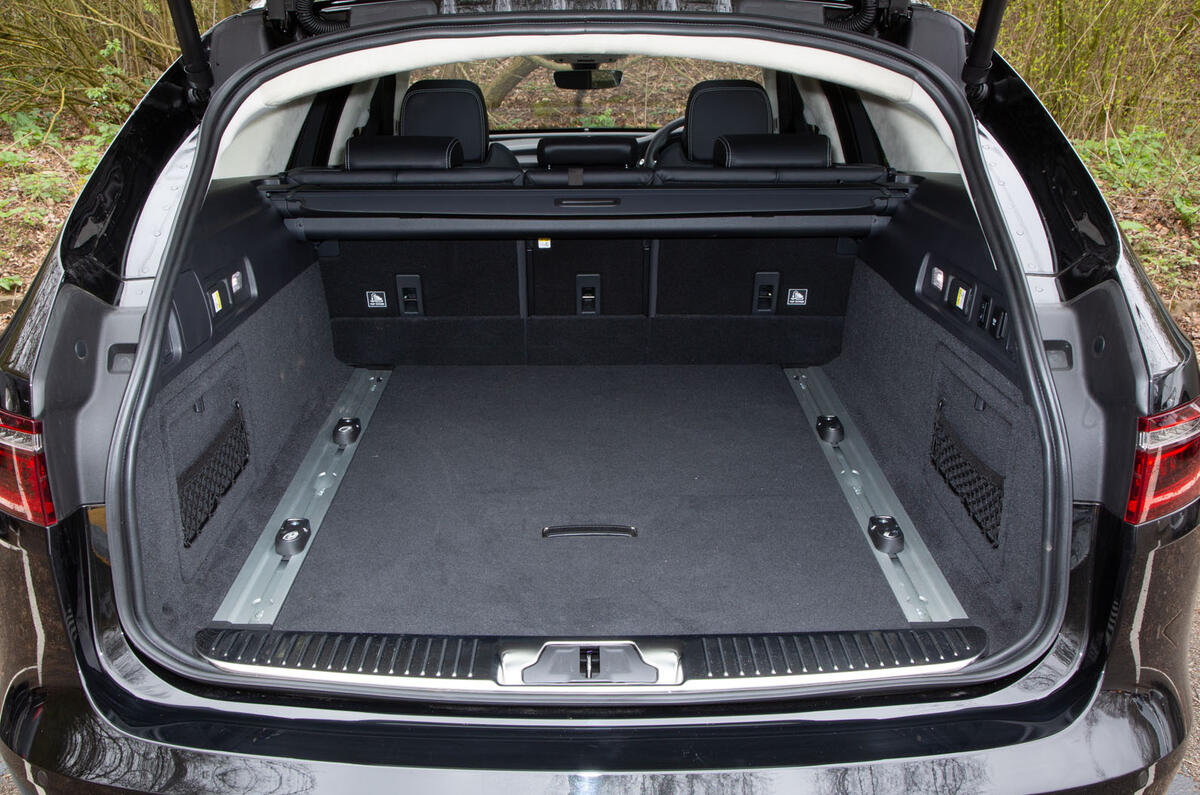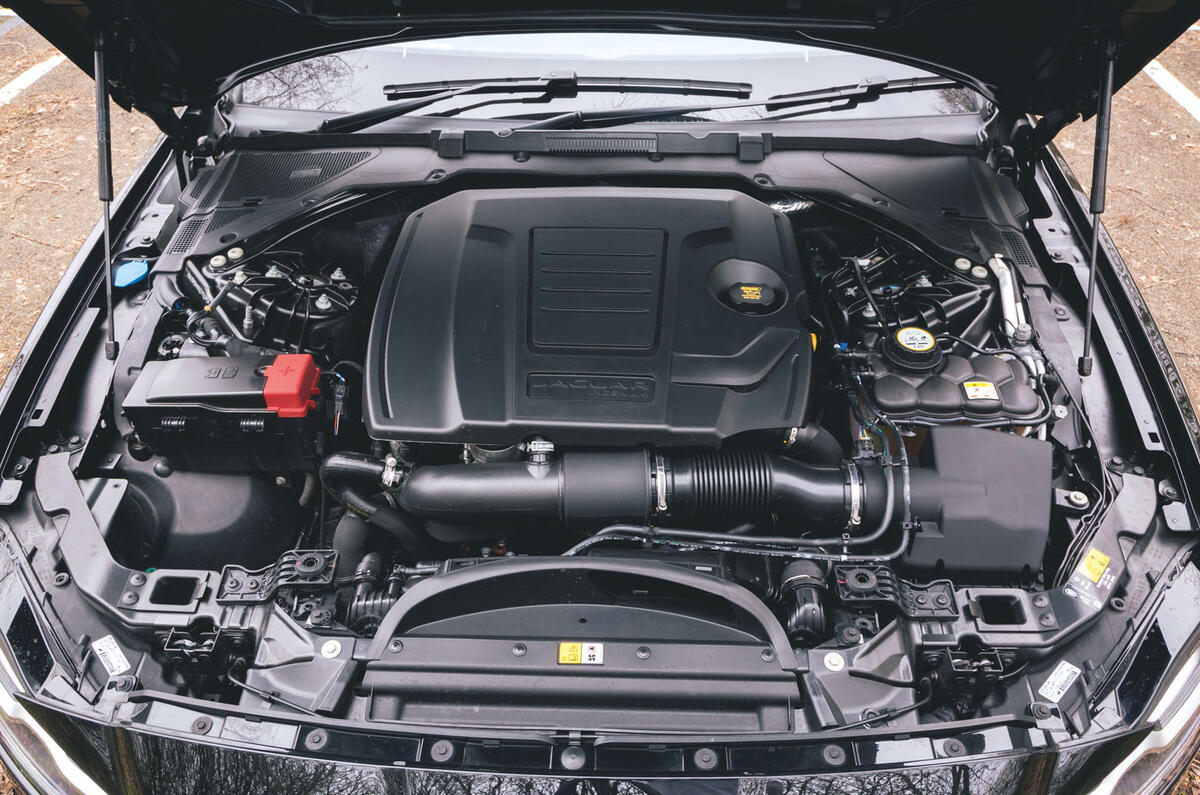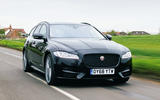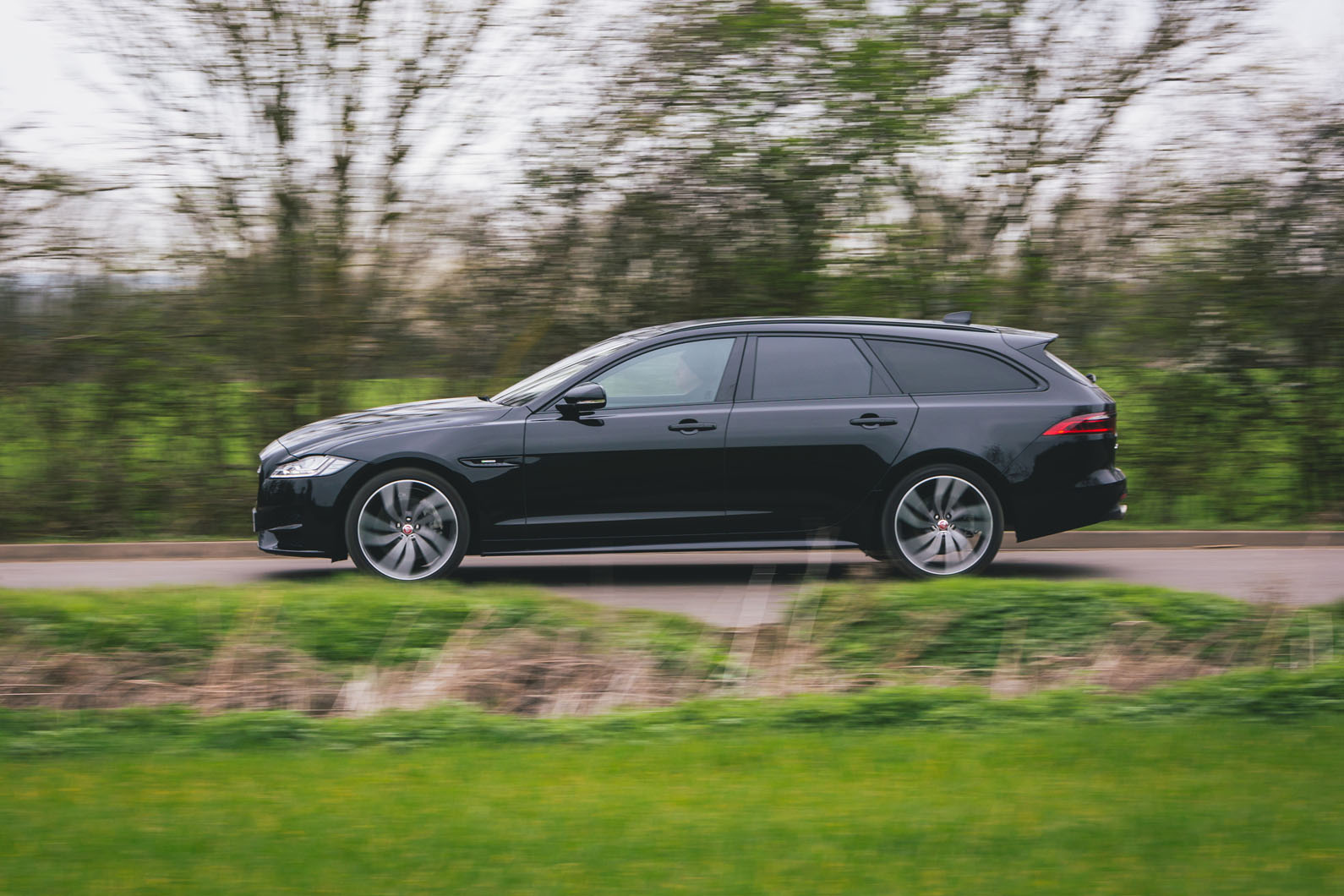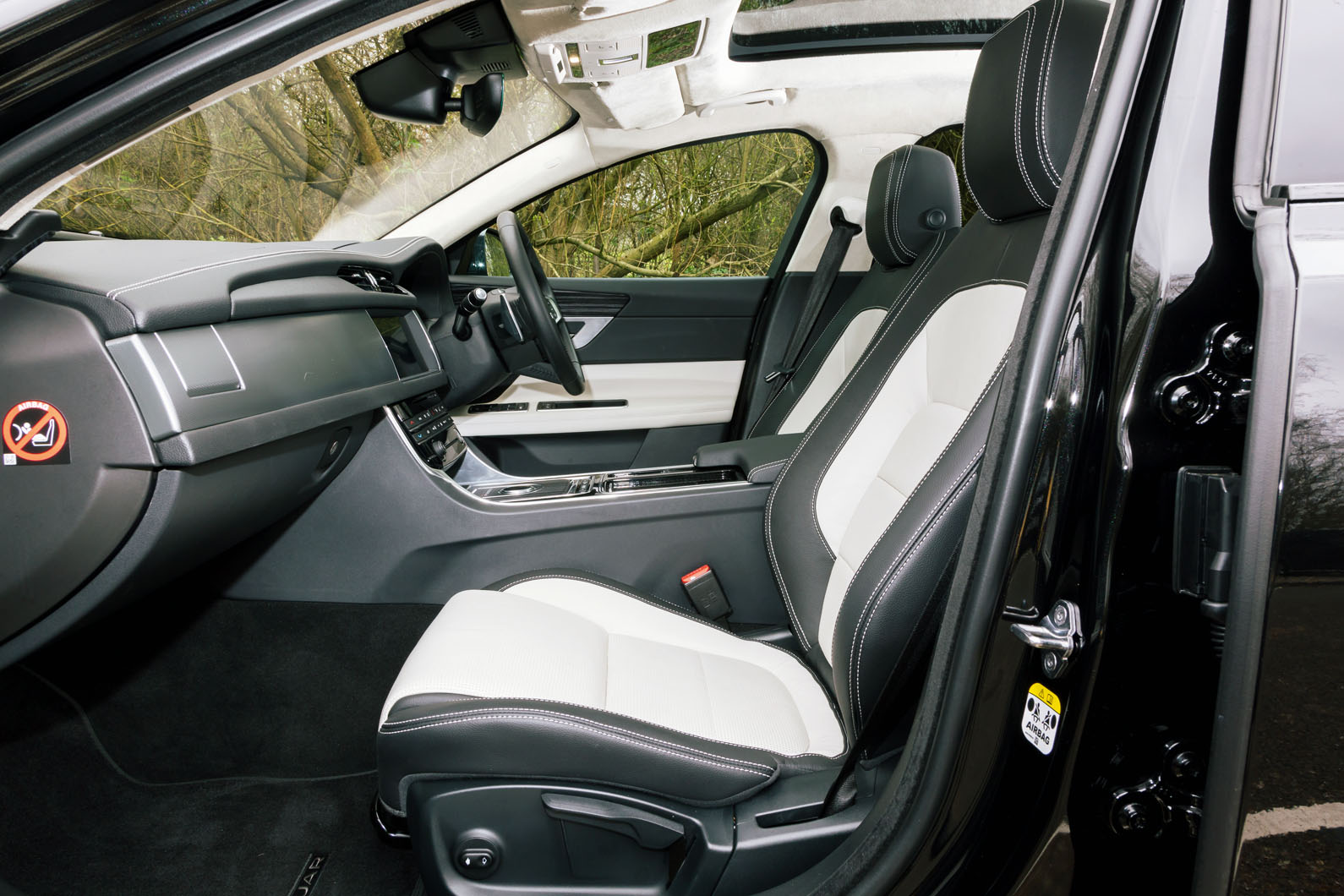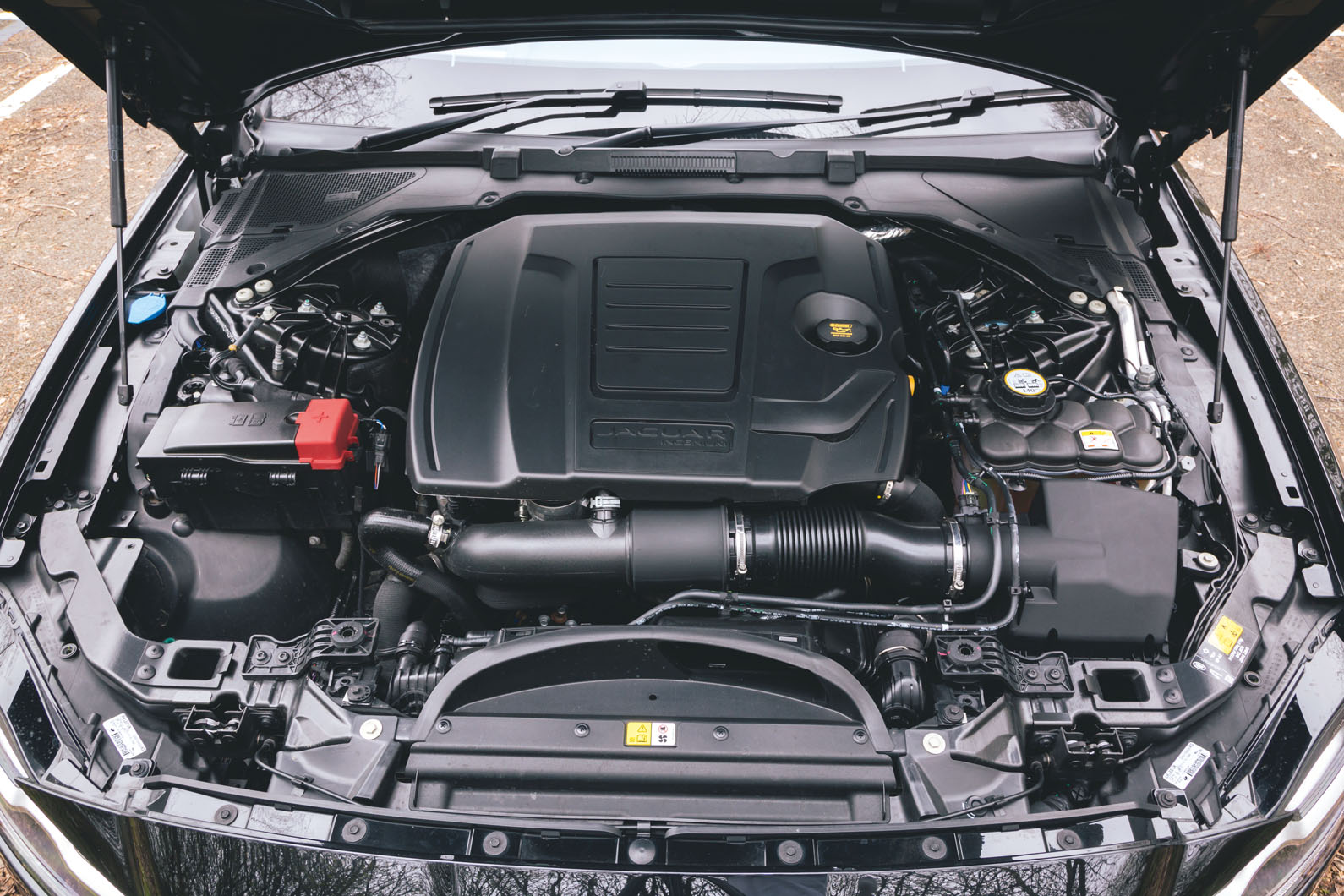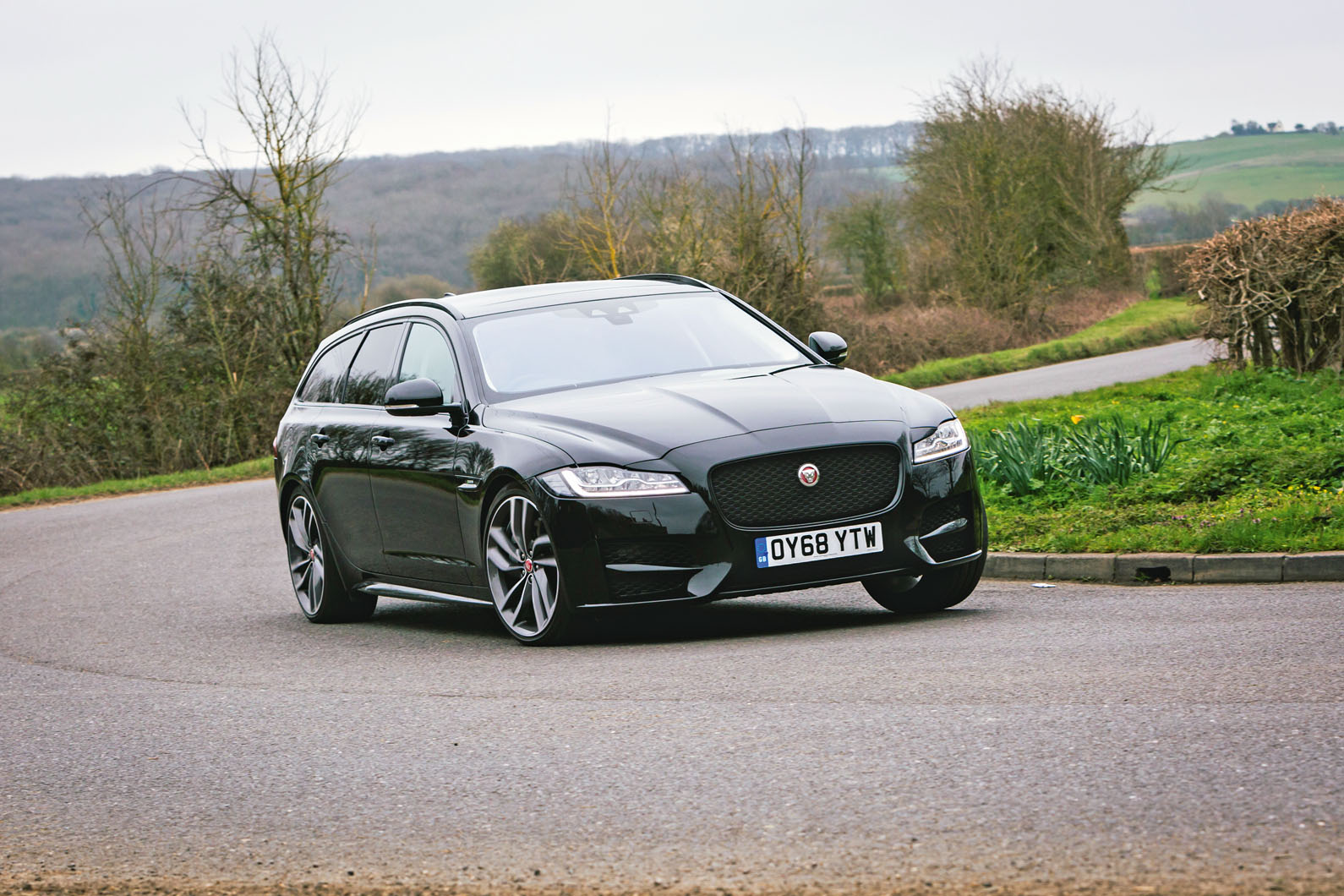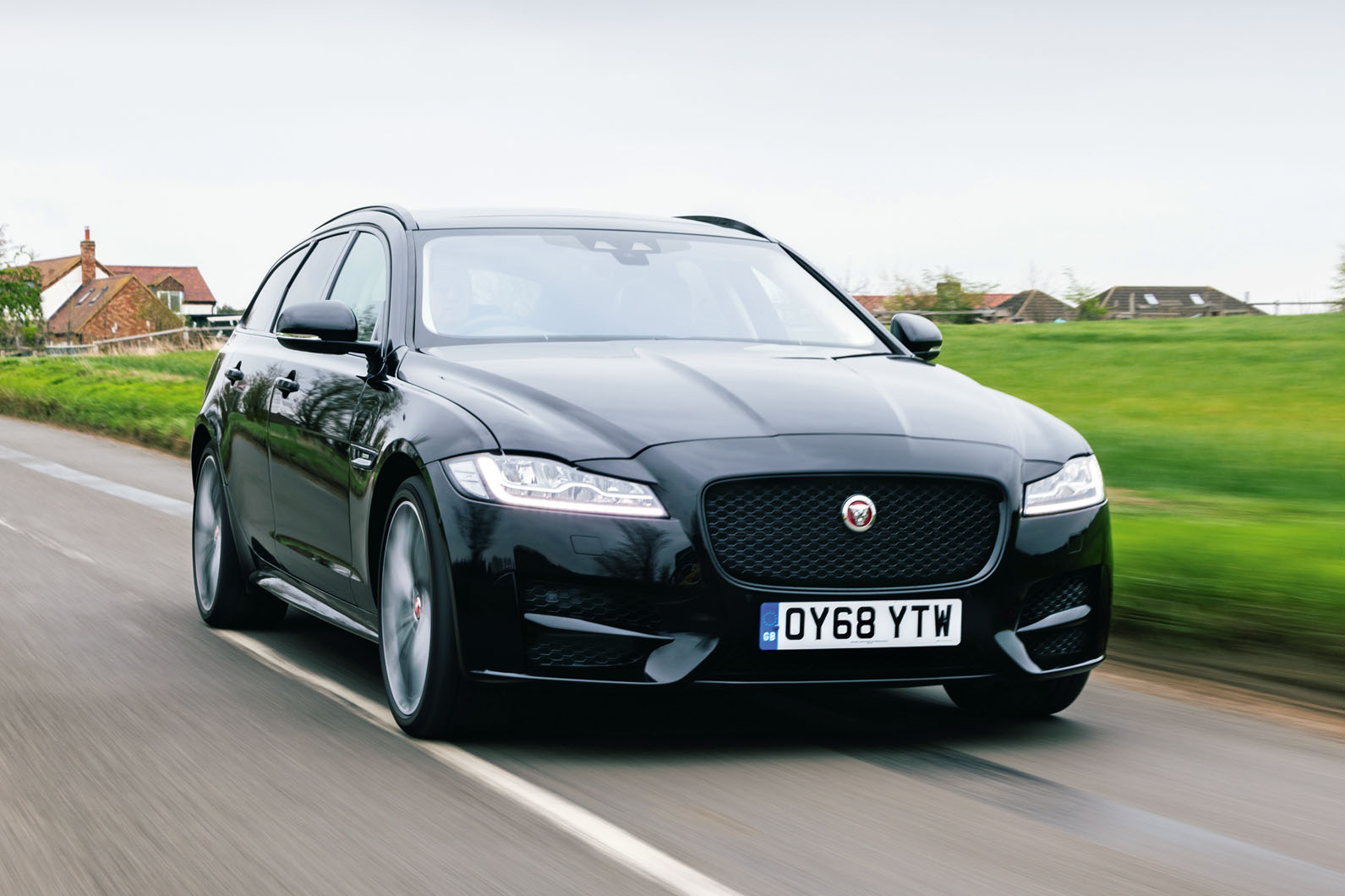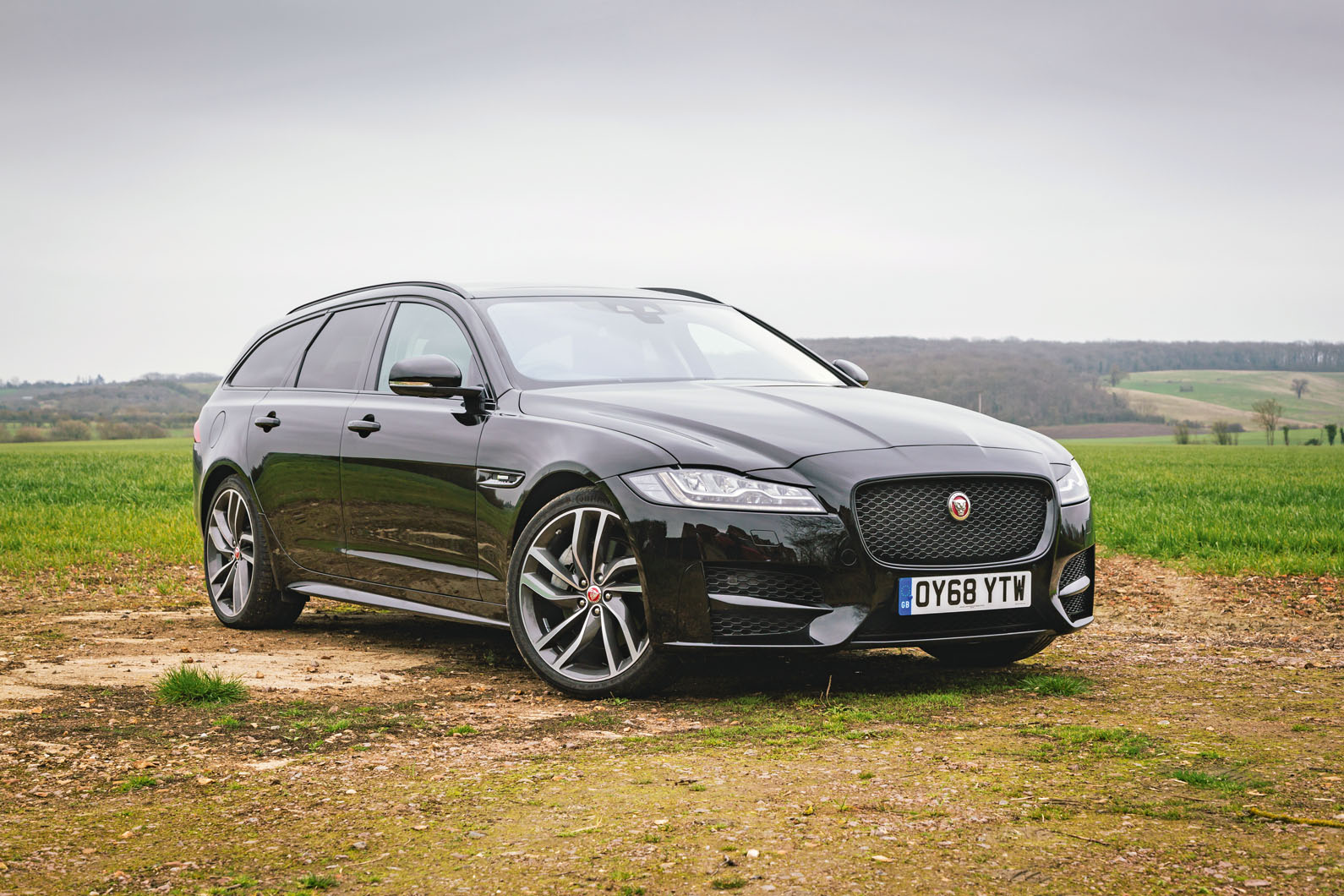The past four years have been of the sort that age an Autocar mid-sized executive saloon class champion very quickly – and this week we’re checking up on a car that might have more relevance to that statement than most.
When the current X260 generation of the Jaguar XF emerged in 2015, it hit a competitive mark in the Autocar road test. It did so, however, against the last-generation version of each German opponent it now faces and before the arrival of the Volvo S90 and V90 and the European introduction of the Lexus ES.
To find out where Jaguar’s middle-sized executive option sits today, we turn to both a bodystyle and a powertrain that didn’t exist when the car was launched four years ago.
Jaguar added the Sportbrake estate derivative to the current XF product line in 2017, reprising the Sportbrake model name used on the first-generation XF in 2012. Just like the original, this wagon was intended to add both to the XF saloon’s kerbside design appeal and its practicality while squeezing even greater cabin and boot space than its predecessor into an even smaller footprint.
Last year, the XF received the first new engine to hit the range since launch. The 296bhp 2.0-litre four-cylinder turbocharged Ingenium petrol now appears quite widely across Jaguar’s product portfolio, and came along just as the old range-topping supercharged V6 XF S was withdrawn from UK sale for emissions reasons.



